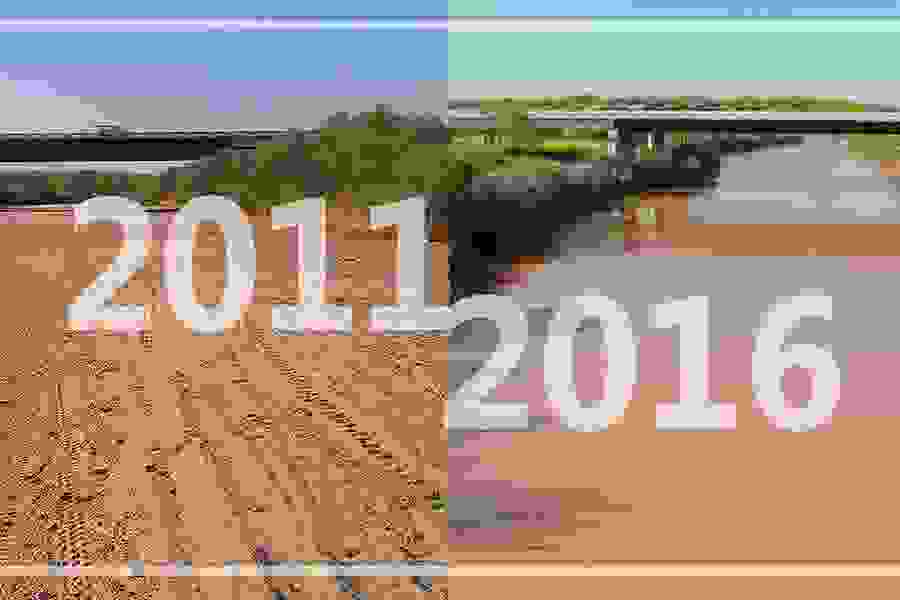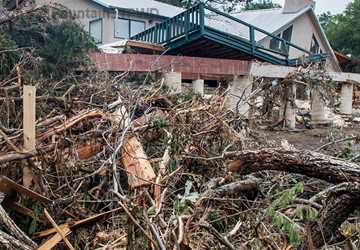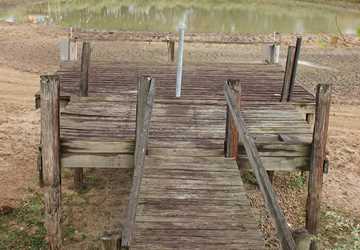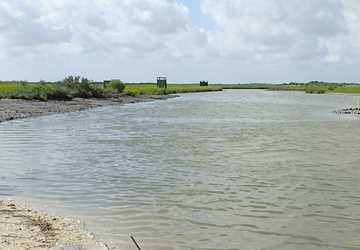By Leslie Lee
Flooding
Drive informed: drivetexas.org
The Texas Department of Transportation provides Texas drivers with the most accurate, up-to-date and real-time road conditions, including roads closed due to floodwaters.

Get educated: texasflood.org
Learn what to do before, during and after a flood, thanks to the Texas Water Development Board’s website. Texasflood.org can help you determine if you live in a floodplain, learn about flood insurance, learn how to deal with property damage from floods and more.
Sign up for alerts: warncentraltexas.org
If you live in Flash Flood Alley, flood alerts can literally be a life-saver. Register at warncentraltexas.org to get emergency warnings for your neighborhood by text, email or phone.
Get trustworthy advice: texashelp.tamu.edu
Powered by the Texas A&M AgriLife Extension Service, the Texas Extension Disaster Education Network (EDEN) flood information page has science-based, reliable materials on everything from repairing on-site wastewater treatment systems after floods, to managing mosquitoes and fireants after floods. It also covers livestock preparedness and recovery.
Follow these experts:
- Federal Emergency Management Agency Flood information
- Association of State Floodplain Managers
- Texas Floodplain Management Association
- U.S. Army Corps of Engineers Institute for Water Resources Flood Risk Management Program
Drought

Study up: twri.tamu.edu/resources/drought
If you’re looking for some Texas drought-related information, chances are the Texas Water Resources Institute (TWRI) can help. The drought resources page is a clearinghouse for agricultural and residential drought help. You can also contact TWRI with further questions at twri@tamu.edu.
Prepare your landscape: earth-kind.tamu.edu/drought
Keeping residential and commercial landscapes healthy during drought is possible, and Earth-Kind® landscaping resources can help. Developed by the Texas A&M AgriLife Extension Service and Department of Horticulture, Earth-Kind provides materials on irrigating trees, conserving water, using mulch and much more.
Keep up with drought data: droughtmonitor.unl.edu
The United States Drought Monitor is a weekly map showing drought occurrence and severity. Follow Texas’ map to see how drought conditions in your county change from week to week. The monitor is produced by the National Oceanic and Atmospheric Administration, the U.S. Department of Agriculture and the National Drought Mitigation Center.










